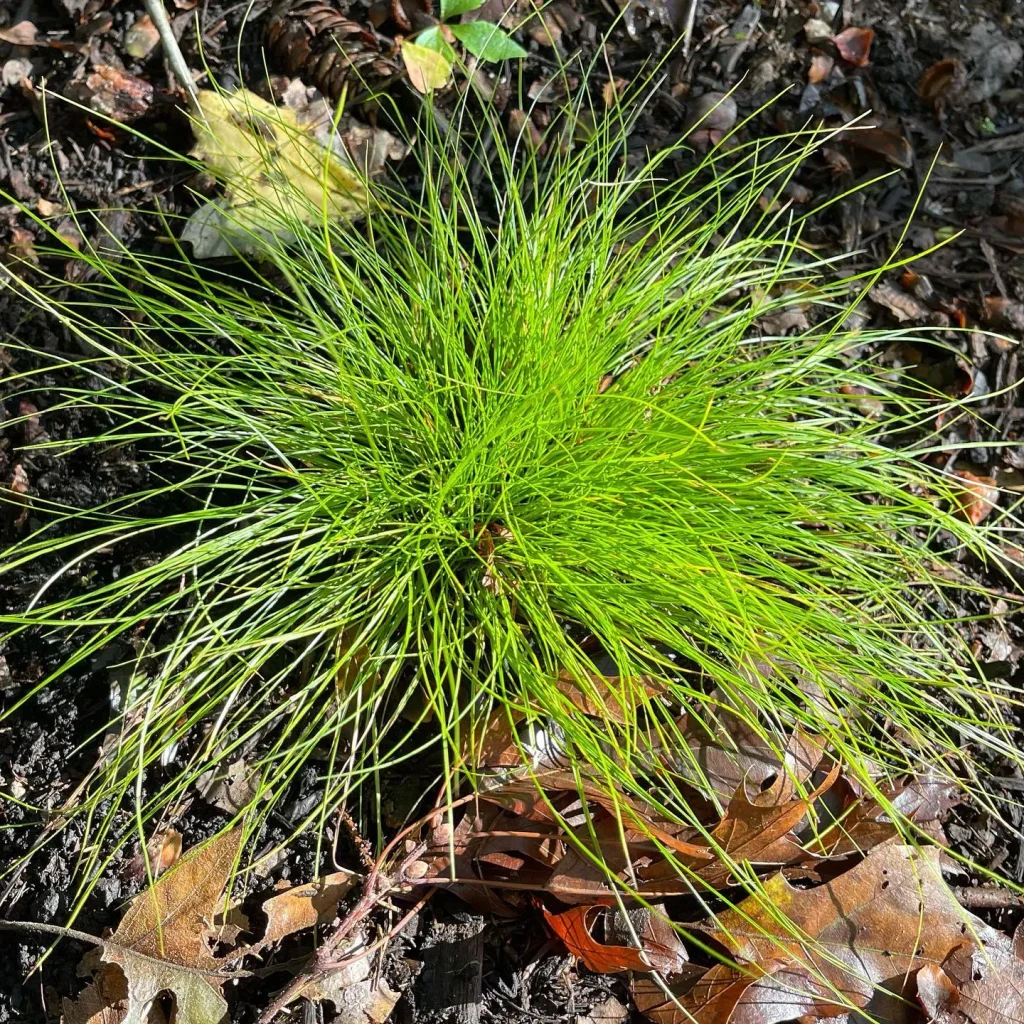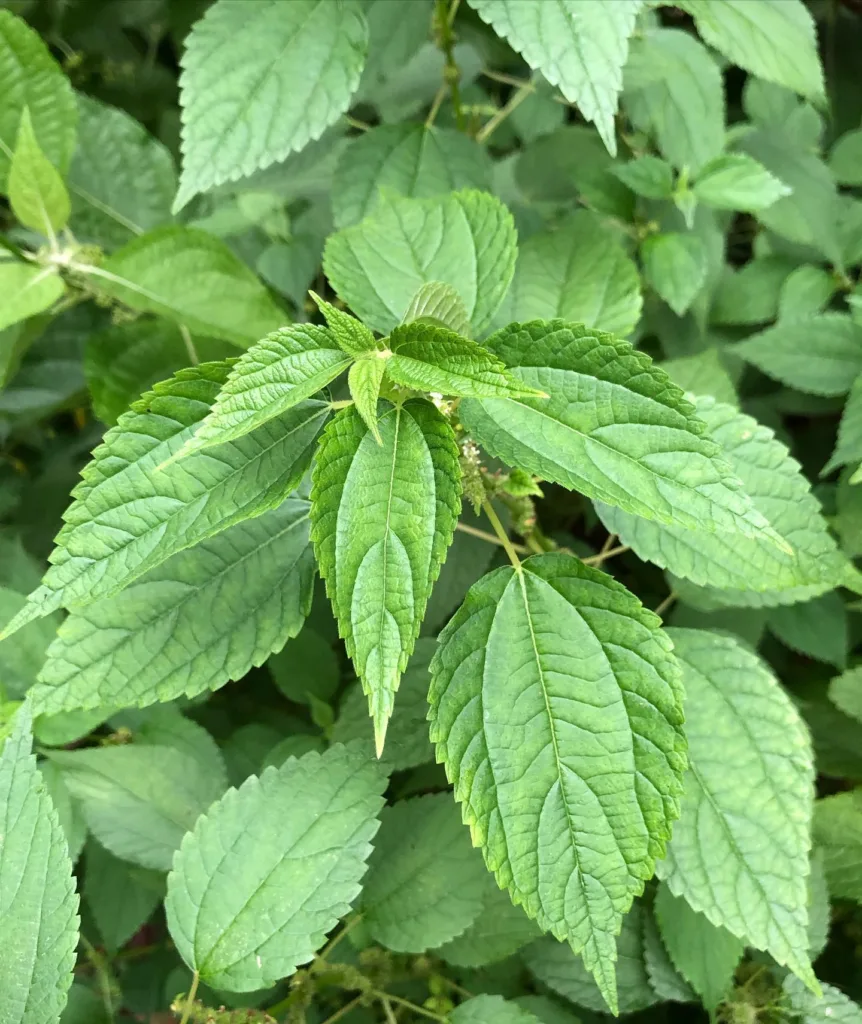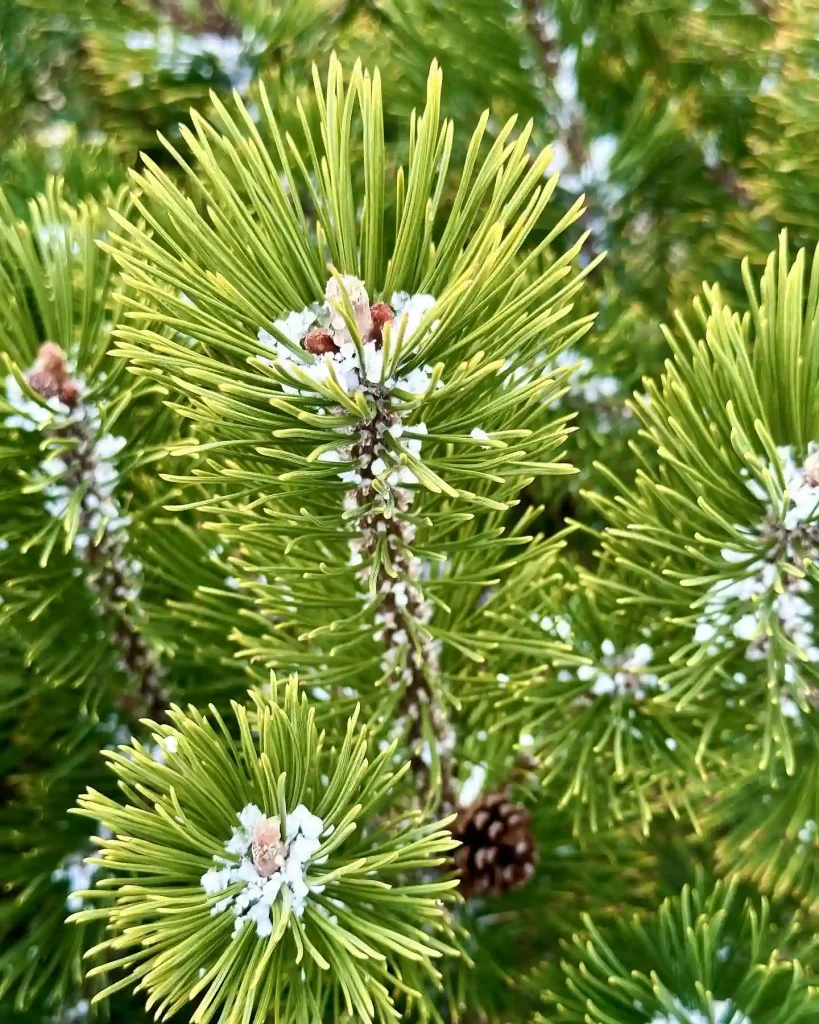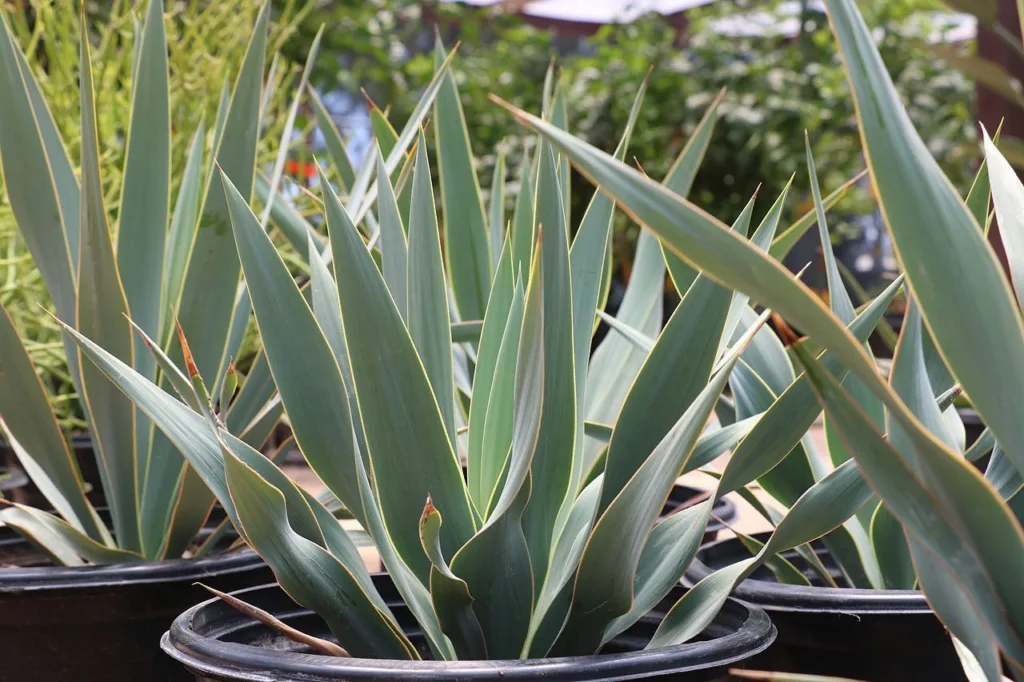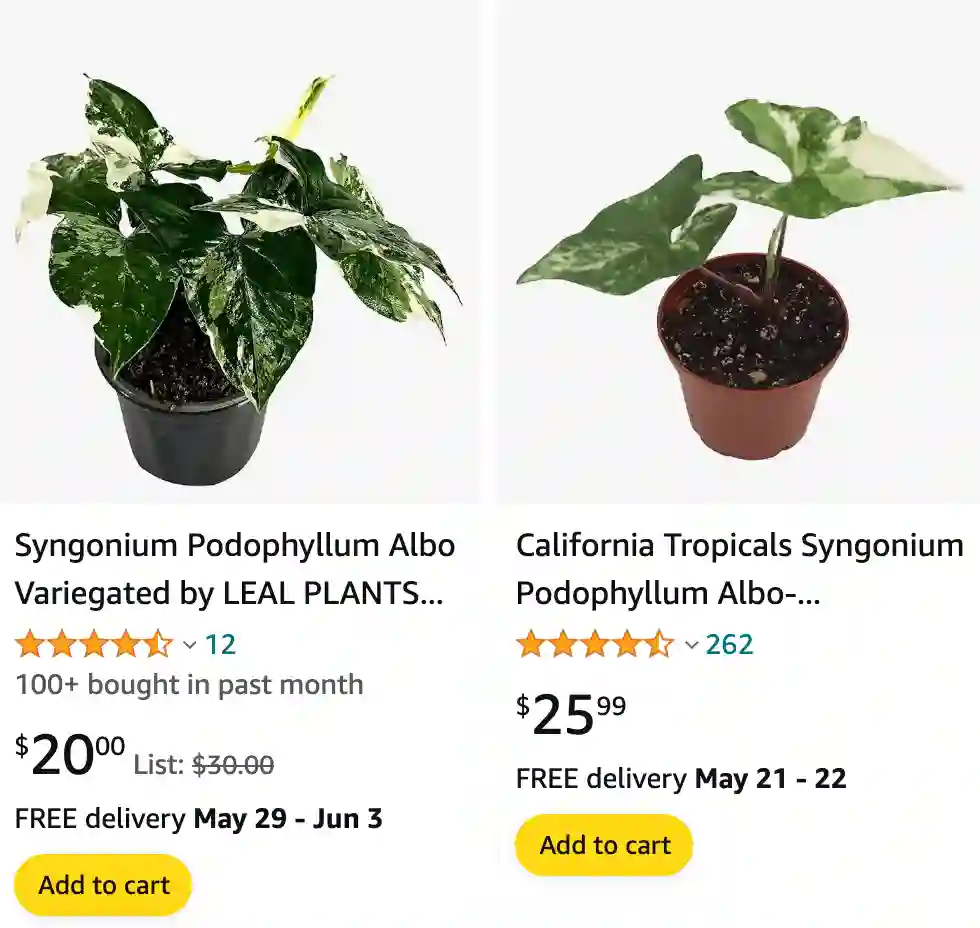
1. Introduction: Unveiling the Syngonium Albo Variegata – A Collector’s Dream
The Syngonium Albo Variegata, often recognized by its common names such as Syngonium podophyllum ‘Albo Variegatum’, “White Butterfly,” or simply “Arrowhead Plant,” stands as a beacon of beauty in the world of houseplants. Its captivating foliage, characterized by striking dark green leaves intricately marbled with pure white, makes it a highly sought-after specimen among plant enthusiasts and collectors alike. Each leaf presents a unique canvas of patterns, ensuring that no two are ever identical, transforming every plant into a living work of art. This distinct aesthetic appeal is a primary driver of its immense popularity.
Beyond its visual splendor, the Syngonium Albo Variegata possesses a remarkable quality that further elevates its status: its relatively forgiving nature. Unlike many other variegated plants that demand specialized and rigorous care, the Albo is known for being low-maintenance and easy-going. This combination of stunning rarity and surprising ease of cultivation has significantly contributed to its widespread appeal and rapid ascent in the horticultural community. The plant’s ability to thrive with minimal attention, while still offering the visual drama typically associated with more challenging variegated varieties, makes it an ideal choice for both seasoned collectors and budding plant parents. This accessibility broadens the appeal of unique plants, encouraging a wider audience to engage with the rewarding practice of plant cultivation. This report will delve into the botanical intricacies, detailed care requirements, and a unique time-lapse perspective on the fascinating growth journey of this remarkable plant, framing it as both a scientific marvel and a rewarding horticultural companion.
2. Botanical Foundations: Origin, Classification, and Distinctive Traits
Scientific Lineage and Nomenclature
The Syngonium genus comprises a diverse group of flowering plants belonging to the Araceae family, a botanical classification that also includes other popular indoor plants such as Monstera and Philodendron. The scientific name
Syngonium itself is derived from Greek words, specifically “syn” (plus, z) and “gone” (gonada), a reference to the fused ovaries found within its female flowers. Among the approximately thirty species within this genus,
Syngonium podophyllum stands out as the most widely cultivated. The
Syngonium Albo Variegata is a highly prized cultivar of this particular species, distinguished by its unique white and green variegation.
Native Habitat and Global Distribution
Native to the lush tropical rainforests of southern Mexico, the West Indies, and extending through Central and South America, Syngonium species are inherently adapted to warm, humid environments. In their natural settings, these plants exhibit a woody, vining growth habit, often climbing to impressive heights of 10 to 20 meters or more by clinging to the trunks of tropical jungle trees with their aerial roots. This climbing behavior is central to their survival and development in the wild. The genus demonstrates significant diversity, with Costa Rica and Panama identified as centers of species richness, collectively hosting a substantial number of
Syngonium species.
Syngonium podophyllum, in particular, is the most widespread species across its native range, extending from Mexico down to Brazil and Bolivia, and has even naturalized in various other tropical regions globally.
The Arrowhead’s Evolution: Understanding Leaf Shape Changes
One of the most captivating and distinctive characteristics of Syngonium plants is the dramatic transformation their leaves undergo as the plant progresses through different stages of growth. This morphological plasticity is a fascinating adaptation to their climbing nature.
- Juvenile Form: Young Syngonium plants, typically those grown as compact houseplants, display a bushy habit and are characterized by their iconic ovate, heart-shaped, or “arrowhead” leaves. These juvenile leaves can reach up to 5.5 inches in length and may feature subtle silvery or pink variegation, even in varieties not specifically bred for it. This familiar arrowhead shape is what most people associate with the plant when it is small.
- Transitional and Mature Forms: As the plant ages and begins to vine and climb, its leaves gradually evolve. The initial arrow shape gives way to more lobed forms, often developing into three distinct lobes. In fully mature specimens, particularly those allowed to climb extensively, the leaves become pedate, meaning they are divided into 5 to 11 separate leaflets. This maturation of leaf shape is directly correlated with the plant’s vertical ascent and its ability to cling to supports. The transition from simple arrowhead to complex multi-lobed leaves is a visual indicator of the plant’s journey towards its wild, mature form.
- Stem Development: The stems of juvenile Syngonium plants are typically green and capable of photosynthesis. As the plant matures and climbs, the stems become more woody and lose their chlorophyll, turning brown or yellowish. Just below each node, the plant develops two types of adventitious roots: a bundle of sticky roots for adhesion and a single root for nutrient absorption. This intricate root system enables the plant to secure itself to surfaces and draw sustenance as it grows upwards.
3. The Gardener’s Time-Lapse: Nurturing a Syngonium Albo Variegata
The following section is presented as a first-person narrative, offering a personal account of cultivating a Syngonium Albo Variegata over time.
Month 1: The First Glimmer of Life – From Cutting to Rooting
My journey with the Syngonium Albo Variegata began not with a seed, but with a single, precious stem cutting. It was a modest piece, featuring just two leaves and a prominent node, the small bump where new growth would emerge. I carefully sanitized my shears, a crucial step to prevent any disease transmission, and made the cut just below the node. The advice I had received was to let the cut end “heal over” for an hour or two, allowing the wound to callus slightly before placing it in water. This simple step helps prevent rot.
I chose water propagation, a method widely recommended for Syngonium due to its reliability and speed. I filled a clear glass jar with filtered tap water, ensuring the node was fully submerged. The jar was placed in a bright spot, receiving plenty of indirect sunlight, but never harsh direct rays that could scorch the delicate cutting. I made it a ritual to change the water weekly, sometimes more frequently if it appeared cloudy, to keep it fresh and oxygenated. Within just a few days, tiny white nubs, the nascent aerial roots, began to extend from the node. It was a thrilling sight, a clear sign of life and the promise of a new plant. By the end of the first month, these roots had grown to a healthy 1-2 inches, signaling it was time for the next big step.
Month 3: Establishing Roots – The Transition to Soil
With the roots well-established, it was time to move my young Syngonium Albo into its permanent home. I knew the soil mix was critical for its long-term health. Syngoniums prefer a well-draining, rich potting mix that still retains some moisture. I opted for a blend of equal parts orchid bark, perlite, and a high-quality potting mix. This combination ensures excellent drainage while providing the necessary aeration for the roots, preventing the dreaded root rot that can occur in soggy conditions. Some sources suggest a simpler mix of 1 part perlite to 4 parts normal potting compost, but I aimed for optimal conditions.
I selected a pot with ample drainage holes, about 6 inches in diameter, which felt appropriate for the initial size of my rooted cutting. When potting, I made sure to bury the node area about an inch under the soil, as this is where new vines would eventually emerge. After potting, I watered thoroughly until excess water drained from the bottom, then placed the pot in its designated spot: a bright, indirect light location near an east-facing window. I made sure to avoid direct sun, especially for the variegated parts of the leaves, which are prone to burning. The plant needed time to acclimate, and I understood that initial growth might focus on root development rather than immediate new leaves. I kept the soil consistently moist, but never waterlogged, checking the top inch or two regularly.
Month 6: The Growth Spurt – Vining and Variegation
By the sixth month, my Syngonium Albo truly began to flourish. The initial period of root establishment had paid off, and new leaves started unfurling with impressive regularity. The plant’s growth rate, which can be moderate to fast, became evident. I noticed that the new leaves maintained their stunning white and green variegation, a testament to the bright, indirect light it was receiving. I learned that insufficient light can cause the variegation to fade, leading to greener leaves, as the plant tries to maximize chlorophyll production.
As the plant grew, its vining nature became apparent. The stems elongated, and the plant began to trail over the sides of the pot. To encourage a bushier appearance and prevent legginess, I started to prune it. Pruning involves cutting off leggy stems and tip-pruning to stimulate new growth from multiple nodes. This not only maintains a desirable shape but also encourages a fuller plant. I also introduced a moss pole, knowing that
Syngoniums are natural climbers and providing support can encourage larger, more mature leaves. The plant readily attached its aerial roots to the pole, beginning its ascent.
During these warmer months of spring and summer, I began a regular fertilization schedule, feeding it a balanced liquid fertilizer diluted to half strength once a month. This provided the necessary nutrients to support its vigorous growth and maintain its vibrant variegation.
Year 1: Maturation and Form – The Changing Leaves
By its first anniversary, my Syngonium Albo had transformed significantly. It had grown to a height of about 1-2 feet, actively climbing its moss pole. The most striking change was in its leaves. While the lower leaves retained their classic arrowhead shape, the newer leaves emerging higher up the pole began to show signs of maturity. They were no longer simple arrowheads but had started to develop distinct lobes, some even showing a three-lobed form. This transition was a clear indication that the plant was mimicking its natural climbing behavior, where higher ascent leads to more complex leaf structures.
I continued to monitor its watering needs, ensuring the topsoil dried out between waterings to prevent root rot. Humidity remained a key focus; I aimed for 50-75% relative humidity, supplementing with a humidifier in drier periods, as tropical plants thrive in moist air. I also made sure to protect it from cold drafts, as
Syngoniums are sensitive to temperatures below 50-60°F (10-16°C). Repotting was on my radar for the coming spring, as its roots were likely filling its current pot, and I wanted to give it more space to grow.
Year 2 and Beyond: A Lush Canopy – The Full Potential
As my Syngonium Albo entered its second year, it truly became a lush, vibrant centerpiece. It had reached an impressive height, with its vining stems gracefully climbing and spreading. The mature leaves, now consistently multi-lobed, added a sophisticated dimension to its appearance. I continued my routine of bright, indirect light, consistent watering (allowing the topsoil to dry), and regular feeding during the growing season.
I learned to recognize the signs of common issues: yellowing leaves often indicated over or underwatering, while brown tips suggested low humidity or mineral buildup from tap water. I switched to filtered, room-temperature water to mitigate the latter. If an all-green stem or leaf appeared, a “revert,” I would prune it back to encourage the variegated growth, as too little light can cause this. Conversely, all-white leaves, while beautiful, are difficult for the plant to sustain due to lack of chlorophyll and sometimes die back, which I learned to trim off.
My Syngonium Albo had not only grown in size but also in character, a testament to the consistent care and understanding of its unique needs. It demonstrated how a small cutting, with patience and the right environment, can transform into a magnificent, mature specimen, continually surprising with its evolving foliage.
4. Comprehensive Care Guide: Cultivating a Thriving Syngonium Albo Variegata
Lighting Requirements: The Key to Variegation
Light is arguably the most critical factor in maintaining the vibrant variegation of Syngonium Albo Variegata. This plant thrives in bright, indirect light. An ideal location would be near an east- or west-facing window, or a few feet away from a south-facing window, where it receives ample light without direct sun exposure.
Direct sunlight, especially during peak hours, can be detrimental to the delicate white parts of the leaves, leading to scorching or burning. Conversely, insufficient light will cause the plant to produce more green leaves and lose its distinctive variegation, as it attempts to maximize chlorophyll production for photosynthesis. Variegated plants, in general, require more light than their non-variegated counterparts due to their limited photosynthetic capacity in the white areas. For optimal growth and variegation, a PPFD (Photosynthetic Photon Flux Density) between 50-250 µmol/m²/s with a lighting period of 12 to 14 hours daily is recommended. If natural light is insufficient, supplementing with LED grow lights can provide the necessary spectrum without excessive heat. Regular rotation of the plant ensures even light exposure on all sides, promoting balanced growth.
Watering and Soil: Finding the Balance
Proper watering is crucial for the health of Syngonium Albo Variegata, as both overwatering and underwatering can lead to issues like yellowing or browning leaves. The plant prefers consistently moist soil but is highly susceptible to root rot if left in soggy conditions. The general guideline is to water when the top one to two inches, or roughly the top one-third, of the soil feels dry to the touch. During the active growing season (spring and summer), this may translate to watering once a week, while in the dormant cooler months, frequency should be reduced.
When watering, it is important to do so thoroughly until excess water drains from the bottom of the pot. Any standing water in a saucer should be promptly emptied to prevent the soil from remaining sodden. Using room temperature, filtered water is advisable, as chlorine and fluoride in tap water can sometimes contribute to brown leaf tips. Bottom watering, where the pot sits in a tray of water to absorb moisture from below, can encourage deeper root growth and help prevent overwatering the top layers.
The ideal soil mix for Syngonium Albo Variegata is well-draining yet retains some moisture. A popular and effective blend consists of equal parts orchid bark, perlite, and high-quality potting mix. Alternatively, a mix of equal parts perlite, potting mix, coconut coir, and cactus & succulent soil mix can also be used. For a simpler approach, adding 1 part perlite to 4 parts normal potting compost creates a quick, well-draining mix. The plant also benefits from a slightly acidic to neutral soil pH, ideally between 5.5 and 6.5. Repotting is generally recommended every year or two, or when roots begin to emerge from drainage holes, to provide ample space for growth.
Temperature and Humidity: Mimicking the Tropics
As a plant native to tropical rainforests, Syngonium Albo Variegata thrives in warm, humid conditions. The optimal temperature range for this plant is between 65°F and 85°F (18°C to 27°C) during the day, with a minimum of 50°F (10°C) at night. It is sensitive to cold drafts and sudden temperature fluctuations, which can stress the plant and damage its leaves. If grown outdoors in warmer climates (USDA zones 10-12), it should be brought indoors when temperatures drop below 50-60°F (10-16°C).
High humidity is equally important for the Syngonium Albo Variegata‘s well-being, with ideal levels ranging from 50% to 75%. While it can adapt to average household humidity, it will flourish with higher moisture in the air. To increase humidity, methods such as regular misting, using a humidifier, or placing the pot on a pebble tray filled with water can be employed. Low humidity can lead to brown leaf tips, particularly on the white variegated sections.
Fertilization: Fueling Growth and Variegation
Regular fertilization during the growing season (spring and summer) supports the vigorous growth and vibrant variegation of Syngonium Albo Variegata. A balanced liquid fertilizer, such as a 10-10-10 or 3-1-2 NPK ratio, diluted to about half the recommended strength, is generally advised. Fertilizing once a month is typically sufficient. Some growers find that the plant does fine with less frequent feeding, or even none, if the soil is rich. However, consistent feeding ensures optimal health and coloration.
It is crucial to avoid fertilizing during the colder, dormant months of fall and winter when the plant’s growth naturally slows down. Over-fertilization can lead to fertilizer burn or a buildup of salts in the soil, which can harm the plant. Always ensure the soil is thoroughly watered before applying any fertilizer to prevent root damage.
5. Propagation: Expanding Your Collection
Syngonium Albo Variegata is remarkably easy to propagate, making it simple to expand one’s collection or share with others. The most reliable and common method is through stem cuttings.
Step-by-Step Propagation Guide:
- Select a Healthy Stem: Choose a healthy stem that has at least one node and two or more leaves. The node is the crucial point from which new roots and growth will emerge. Aerial roots, if present as small nubs on the stem, indicate excellent potential for rooting.
- Make the Cut: Using sharp, sanitized scissors or pruning shears, make a clean cut just below a node. Sanitizing tools prevents the introduction of pathogens.
- Allow to Callus (Optional but Recommended): Some growers prefer to let the cutting sit aside for an hour or two to allow the cut end to dry and form a callus. This can help prevent rot, especially if propagating in water.
- Rooting Medium:
- Water Propagation (Most Reliable): Place the cutting in a jar or vase of filtered tap water, ensuring the node is fully submerged. Place the container in a spot with bright, indirect light. Change the water weekly, or more frequently if it becomes cloudy, to keep it fresh and oxygenated. Roots can appear in as little as a few days, and typically grow to 1-2 inches within a month.
- Sphagnum Moss (Second Best): Rooting in sphagnum moss is another effective method. Keep the moss consistently moist.
- Soil Propagation: Cuttings can also be planted directly into a small pot with well-draining soil. Keep the soil lightly moist until roots establish.
- Potting Up: Once the roots are 1-2 inches long and well-developed, the cutting is ready to be transferred to soil. Use a well-draining potting mix as described in the care section. When planting, ensure the node area is buried approximately an inch under the soil. After potting, keep the soil lightly moist and place the young plant in a bright, warm spot with indirect light. New vines typically emerge from the soil within a few weeks.
6. Common Challenges and Troubleshooting: Keeping Your Albo Healthy
While Syngonium Albo Variegata is considered relatively low-maintenance, it can encounter specific issues. Understanding these challenges and their solutions is vital for maintaining a healthy and vibrant plant.
Leaf Discoloration and Health Issues
- Yellowing Leaves: This is a common symptom often caused by either overwatering or underwatering. If the soil is wet, allow it to dry out completely before the next watering. If it’s dry, increase watering frequency and check soil moisture more regularly. Insufficient light can also contribute to yellowing.
- Browning Leaf Tips/Edges: Typically a sign of low humidity or chemical buildup from tap water. Increasing humidity through misting, humidifiers, or pebble trays is recommended. Using filtered or distilled water can also help prevent mineral accumulation. Direct sunlight can also burn the white, more delicate parts of the leaves, causing browning.
- Loss of Variegation (Reversion): If the plant starts producing more green leaves or an entire stem reverts to solid green, it usually indicates insufficient light. Move the plant to a brighter location with ample indirect light. Pruning off reverted green stems can encourage the plant to produce more variegated foliage.
- All-White Leaves: While visually stunning, all-white leaves lack chlorophyll and cannot photosynthesize effectively. The plant struggles to sustain them, and they may turn brown and die back quickly. These can be trimmed off if they become unsightly or a drain on the plant’s energy.
- Drooping Leaves: Drooping can signal either too much or too little water. Check the soil moisture; if it’s soggy, allow it to dry or consider repotting with fresh, well-draining soil. If dry, water thoroughly. Drooping can also occur after repotting due to transplant shock.
- Leggy Growth: Syngoniums can become leggy, with long, sparse stems, especially if not receiving enough light or if they are trailing without support. Providing bright, indirect light and regular pruning (tip-pruning or cutting back leggy stems) encourages bushier growth. Providing a moss pole or trellis for climbing also helps maintain a more compact and upright form.
Pests and Diseases
Syngonium Albo Variegata is generally resistant but can fall victim to common houseplant pests and certain diseases.
- Common Pests:
- Aphids: Pear-shaped, soft-bodied insects that can cause distortion of new growth. They are relatively easy to control with horticultural or neem oil.
- Spider Mites: Tiny red or brown insects that create fine webs, often in dry conditions. Treatment involves isolating the plant and wiping leaves with soapy water or neem oil.
- Mealybugs, Thrips, Whiteflies, Fungus Gnats: Other common pests that can infest Syngoniums. Regular inspection and prompt treatment with neem oil or insecticidal soap are effective.
- Diseases:
- Root Rot: The most common disease, caused by prolonged waterlogged soil. Symptoms include yellowing leaves, wilting, and a foul smell from the soil. Solution involves removing the plant, trimming affected roots, and repotting in fresh, well-draining soil, along with adjusting watering practices.
- Bacterial Leaf Spot (Xanthomonas blight): Appears as translucent, yellowish, water-soaked lesions on leaf margins. Bacterial leaf and stem rot can also manifest as dark brown spots with yellow rings. Removing affected leaves and cutting stems back to healthy tissue, then treating with a bactericide, is recommended. Ensuring good air circulation and avoiding overhead watering helps prevent spread.
- Fungal Infections (e.g., Myrothecium leaf spot): Can appear as small water-soaked areas or dark brown spots on leaves, sometimes with black and white fruiting bodies on the undersides. Minimizing foliage wetting and ensuring good air circulation are key preventative measures. Remove affected parts and use a fungicide if necessary.
7. Varieties and Comparisons: The Diverse World of Syngoniums
The Syngonium genus offers a captivating array of varieties, each with its unique charm. While the Syngonium Albo Variegata is a standout, understanding its place among its relatives provides a richer appreciation for its distinct qualities.
Syngonium Albo Variegata vs. Other Variegated Syngoniums
The Syngonium Albo Variegata is celebrated for its striking white and green marbled leaves, where no two leaves are identical. Its popularity stems not only from this unique aesthetic but also from its comparative ease of care, especially when contrasted with some other highly variegated plants.
- Syngonium Albo vs. Syngonium Mojito: The primary distinction lies in their variegation color. The Albo features crisp white patches against dark green. The Mojito, in contrast, does not have white variegation but instead displays light mint green mottling on its leaves. Both are popular for their unique patterns, but the Albo’s stark white contrast often gives it a bolder appearance.
- Syngonium Albo vs. Syngonium Aurea Variegata: These two varieties share similar variegated patterns, but their color palettes differ significantly. The Albo showcases white variegation, while the Aurea features yellowy-green variegation. The Aurea is also considered a rare stunner due to its unique yellow hues.
- Syngonium Albo vs. Syngonium Milk Confetti: The Milk Confetti is prized for its pink pastel splashes scattered across green leaves, resembling confetti. While both are variegated, the Albo’s white marbling offers a more classic, high-contrast look compared to the softer, speckled pink of the Milk Confetti.
- Syngonium Albo vs. Syngonium Strawberry Ice: This variety features brownish-red leaves with patches of bright pink variegation, evoking the appearance of strawberry ice cream. It’s another rarity, distinct from the Albo’s white patterns.
- Syngonium Albo vs. Syngonium Mottled: The Mottled variety boasts a collection of colors, from dark green to white, and grows quickly. Its variegation is often more diffuse and less defined than the large, distinct white splashes of the Albo.
Other Notable Syngonium Varieties
The diversity within the Syngonium genus extends beyond variegated forms, offering a range of foliage colors and growth habits:
- Syngonium podophyllum (non-variegated cultivars): This is the base species from which many cultivars derive. Cultivated varieties often have light green leaves with cream, pink, or reddish markings, even without explicit “variegation” in their name.
- ‘White Butterfly’: Known for its creamy white leaves with green edges.
- ‘Neon Robusta’: Features bright pink leaves and tends to be more compact, reaching 2-4 feet at maximum size.
- ‘Maria Allusion’: Boasts bronze-green leaves with a hint of pink.
- ‘Pink Allusion’: Has light green leaves with pink veins, creating a soft, delicate appearance.
- ‘Berry Allusion’: Similar to ‘Pink Allusion’ but with a deeper, more pronounced pink hue.
- Syngonium Wendlandii: Distinguished by its dark green, velvety leaves with a striking white central vein. It’s a rarer variety that prefers high humidity.
- Syngonium Erythrophyllum: Features deep burgundy undersides and green tops, earning it the nickname ‘Red Syngonium’.
- Syngonium ‘Imperial White’: A rare and prized variety with almost entirely white leaves and minimal green, making it a true statement plant that requires bright, indirect light and consistent humidity to prevent browning.
- Compact Varieties: Some cultivars, like ‘Pixie’ and ‘Mini Pixie’, remain much smaller, typically 2-4 feet tall, making them ideal for desktops and terrariums.
The commonality across most Syngonium varieties is their preference for bright, indirect light, consistent moisture, and high humidity, making care routines largely similar despite their diverse appearances.
8. Toxicity and Safety: Important Considerations
It is crucial for plant owners to be aware that Syngonium species, including Syngonium Albo Variegata, are considered toxic to both humans and pets. This toxicity is due to the presence of insoluble calcium oxalate crystals found in all parts of the plant.
Symptoms of Ingestion
If any part of the Syngonium plant is ingested or chewed, the insoluble calcium oxalate crystals can cause immediate and painful reactions. Common clinical signs include:
- Oral irritation, pain, and swelling of the mouth, tongue, and lips.
- Excessive drooling.
- Vomiting (in pets, but not typically horses).
- Difficulty swallowing.
- Gastrointestinal discomfort and diarrhea.
While ingestion is generally not fatal, consuming large quantities, especially for small pets or young children, can lead to more serious reactions, including breathing difficulties due to swelling.
Prevention and Emergency Measures
To minimize the risk of poisoning, it is strongly recommended to keep Syngonium Albo Variegata out of reach of curious pets and young children. This can be achieved by placing plants in hanging baskets, on high shelves, or in rooms inaccessible to vulnerable individuals. For households with particularly inquisitive animals or children, considering pet-safe alternatives for leafy, vining plants may be a more suitable option.
In case of suspected ingestion, it is imperative to seek immediate medical or veterinary attention. Contact the ASPCA Animal Poison Control Center at (888) 426-4435, the Pet Poison Helpline at (855) 764-7661, or your local veterinarian or emergency medical services as soon as possible.
9. Conclusion: The Enduring Appeal of the Syngonium Albo Variegata
The Syngonium Albo Variegata stands as a testament to the captivating beauty and surprising resilience found within the plant kingdom. Its journey from a humble cutting to a magnificent, vining specimen, marked by the fascinating evolution of its leaf shapes, offers a rewarding experience for any plant enthusiast. The plant’s botanical lineage, originating from the humid rainforests of Central and South America, underpins its specific environmental preferences for bright, indirect light, consistent moisture, and high humidity.
The widespread adoration for the Syngonium Albo Variegata is not merely superficial; it represents a unique confluence of aesthetic appeal and practical accessibility. Its striking white and green variegation, which ensures no two leaves are alike, provides an ever-changing display of natural artistry. This visual distinctiveness, combined with its reputation as a relatively easy-care variegated plant, has broadened its appeal beyond seasoned collectors, inviting a wider audience into the realm of rare plant cultivation. This accessibility has played a significant role in its rapid rise in popularity, demonstrating that the demand for unique plants can be significantly amplified when coupled with a forgiving nature.
While its toxicity due to calcium oxalate crystals necessitates careful placement away from pets and children, the plant’s overall low-maintenance requirements for light, water, and humidity make it a forgiving companion. Its ability to be easily propagated further enhances its appeal, allowing enthusiasts to expand their collections or share the joy of cultivation. The Syngonium Albo Variegata, with its dynamic growth, evolving foliage, and captivating patterns, continues to be a cherished and accessible jewel in the world of houseplants, proving that extraordinary beauty can indeed be cultivated with relative ease.
If i die, water my plants!
